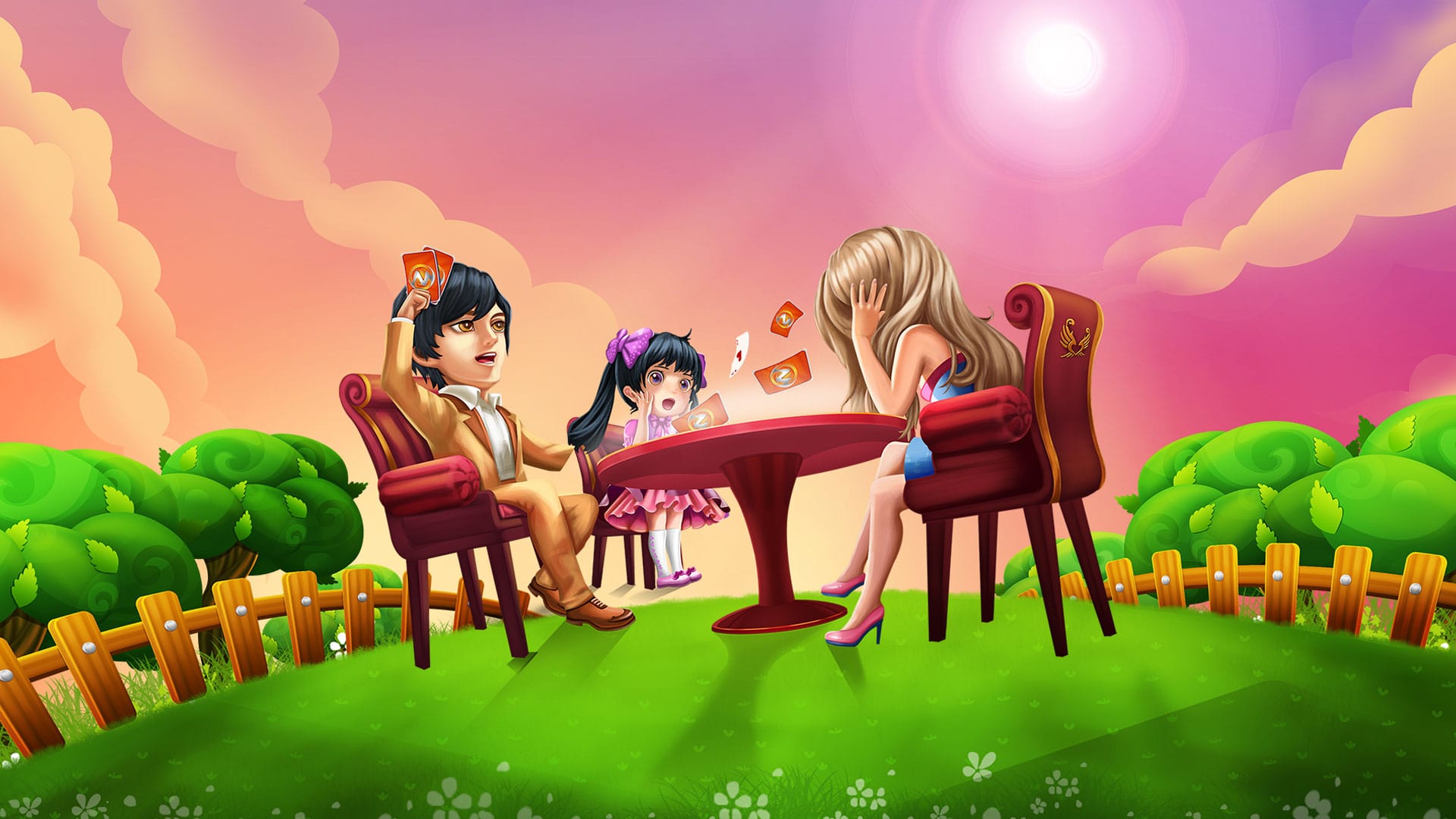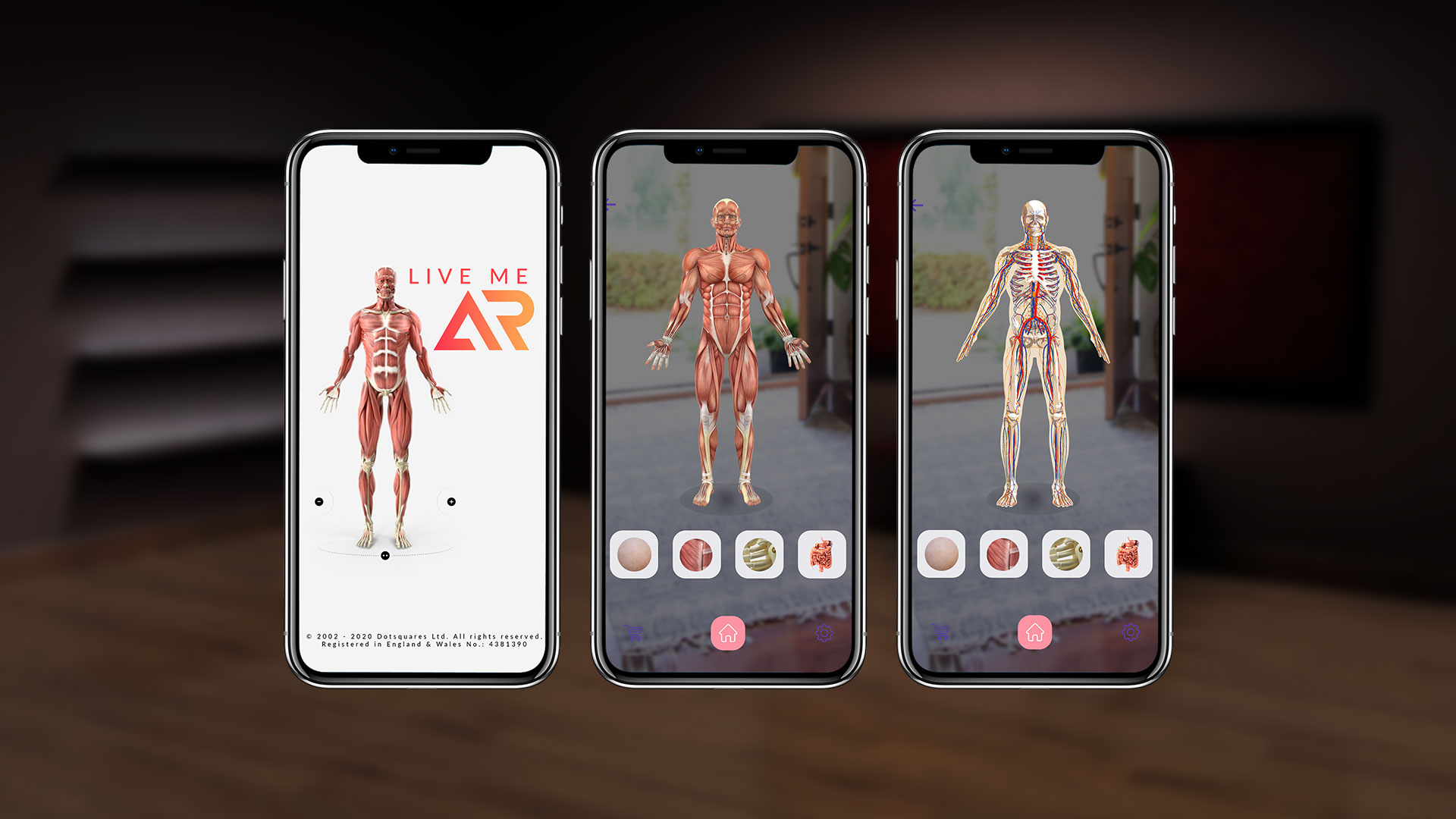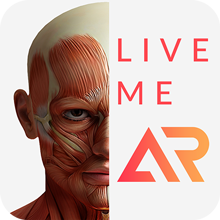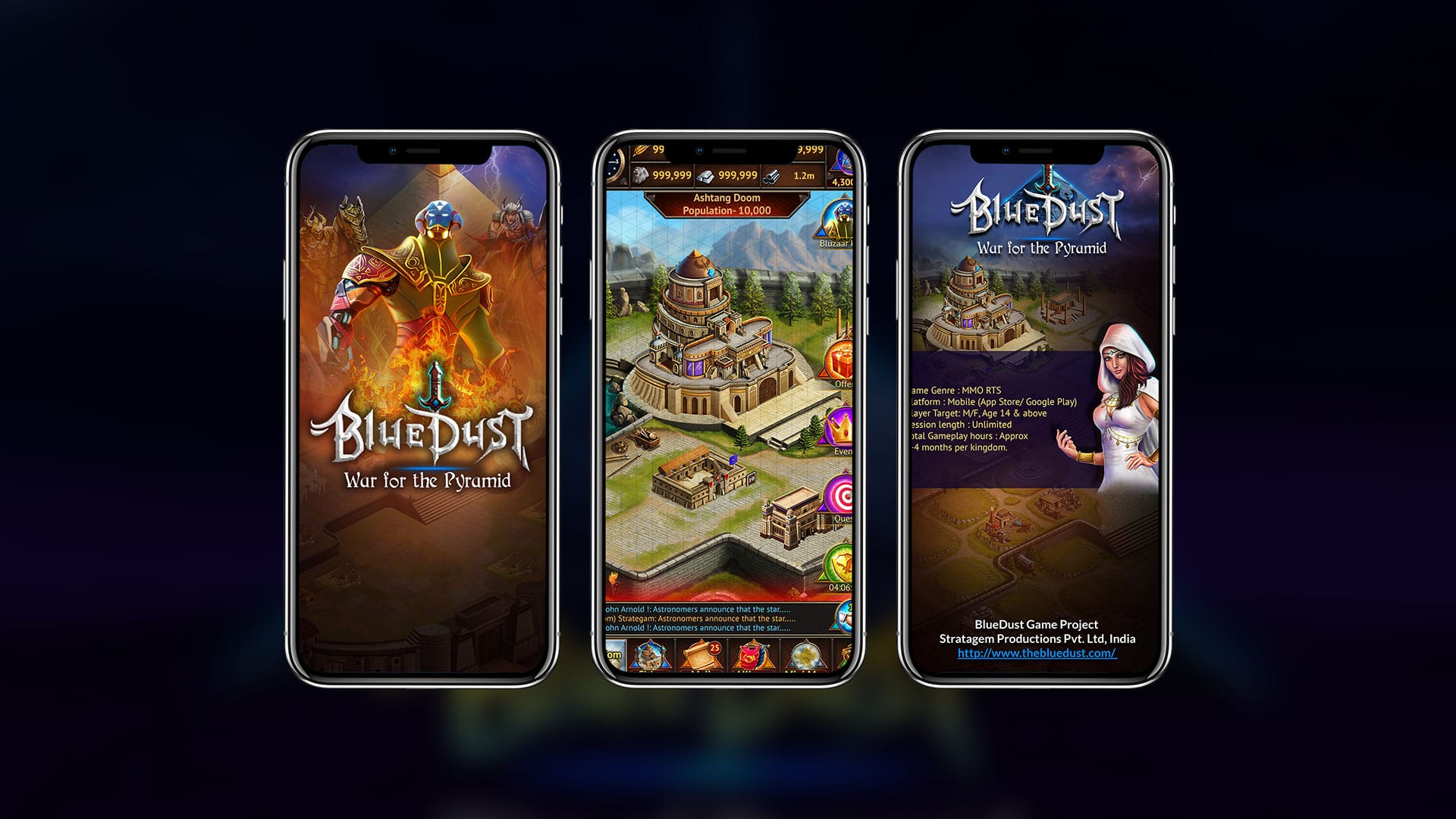2D and 3D animation
Animation is a powerful medium that has transformed the way we tell stories, entertain audiences, and convey information. The debate between 2D and 3D animation is ongoing, with each style offering unique advantages, techniques, and applications. In this blog, we will explore what 2D and 3D animation entail, their respective workflows, advantages and disadvantages, and provide insights into how to choose the right path for your needs. We will also discuss how to get started in either field and where to find professional animation services.
What is 2D Animation and How Does it Work?
2D animation refers to creating moving pictures in a two-dimensional environment. It is one of the oldest forms of animation, rooted in the early days of cinema and traditional hand-drawn cartoons.
How 2D Animation Works
Storyboarding: This initial stage involves creating a visual representation of the script through sketches. Storyboards outline the sequence of events and key actions in the animation, serving as a blueprint for the entire project.
Character Design: Characters are developed with consistent visual styles. This process includes defining their appearance, personality, and key features that will make them recognizable and relatable.
Animation: This core stage involves drawing individual frames, either by hand or using digital tools. Each frame represents a slight change from the previous one, creating the illusion of movement when played in sequence.
Compositing: All elements, including characters, backgrounds, and effects, are combined into final scenes. This step ensures that everything aligns properly and moves smoothly.
Most Common 2D Animation Techniques
Traditional Animation: Also known as hand-drawn animation, this technique involves drawing each frame on paper or cel sheets. It’s labor-intensive but allows for great creativity and detail.
Digital Animation: Modern 2D animation often uses software like Adobe Animate or Toon Boom Harmony. These tools facilitate the creation of digital drawings and animations, making the process faster and more efficient.
Cutout Animation: This technique uses flat characters, props, and backgrounds cut from materials like paper or digital assets. These elements are then moved frame by frame to create animation.
Motion Graphics: Often used in marketing and explainer videos, motion graphics combine graphic design elements with animation to convey information dynamically.
Advantages and Disadvantages of 2D Animation
Advantages:
Simplicity: 2D animation is generally easier to produce with fewer technical requirements compared to 3D animation.
Cost-Effective: It tends to be cheaper to create, as it doesn’t require expensive software or highly specialized skills.
Artistic Freedom: Artists have more freedom to experiment with different styles and creative techniques.
Faster Production: The production process can be quicker, especially for simpler animations.
Disadvantages:
Limited Realism: 2D animations lack the depth and realism that 3D animations can offer.
Time-Consuming: Despite being simpler in concept, creating frame-by-frame animations can be very labor-intensive.
Less Dynamic: 2D animations are constrained to the two-dimensional plane, limiting the dynamic range of movements and perspectives.
What is 3D Animation and How Does it Work?
3D animation involves creating moving pictures in a three-dimensional space, adding depth (Z-axis) to height and width. This type of animation is commonly used in movies, video games, and virtual reality due to its ability to create highly realistic scenes and characters.
How 3D Animation Works
Modeling: Creating 3D models of characters, props, and environments. This stage involves designing the shapes and structures that will be animated.
Texturing: Adding colors, textures, and materials to the models to make them look realistic. Texturing gives the models their final appearance.
Rigging: Creating a skeleton for the models to define how they will move. This involves setting up a system of bones and joints.
Animation: Moving the models and rigs to create sequences. This stage brings the characters and objects to life.
Rendering: Converting 3D models into 2D images or videos. This process involves computing all the details like lighting, shadows, and textures to produce the final visual output.
Compositing: Combining rendered images with visual effects and backgrounds to create the final scenes. This stage ensures all elements blend seamlessly.
The Different Stages of 3D Animation
Concept and Storyboarding: Similar to 2D animation, this stage involves planning the storyline and visual direction through sketches and descriptions.
Modeling: Building the 3D objects and characters that will be animated.
Texturing and Shading: Applying colors, textures, and materials to give models a realistic look.
Rigging and Skinning: Setting up a skeleton for the models and binding them to the rig so they can move.
Animation: Creating the movement sequences by manipulating the rigs.
Lighting: Adjusting the light sources within the 3D environment to enhance visual aesthetics.
Rendering: Producing the final output by converting 3D models into 2D images or videos.
Post-Production: Adding special effects, editing, and final touches to polish the animation.
Advantages and Disadvantages of 3D Animation
Advantages:
Realism: 3D animation can achieve a high level of detail and depth, making it ideal for creating realistic visuals.
Versatility: It is suitable for various applications, including virtual reality and gaming.
Dynamic Movement: 3D allows for complex and dynamic scenes, providing a broader range of motion and interaction.
Reuse of Assets: 3D models can be reused and modified easily, making it efficient for producing multiple animations.
Disadvantages:
Complexity: Requires specialized skills and sophisticated software.
Cost: Higher production costs due to the complexity and technical requirements.
Time-Consuming: Longer production times as each stage involves detailed processes.
Which is better: 2D or 3D Animation?
Differences

Similarities

2D Animation or 3D Animation: Which is Easier?
Determining which is easier depends on individual skills and project requirements. For those with strong drawing skills and a preference for traditional animation techniques, 2D animation might be easier to master. On the other hand, individuals with technical skills and an interest in working with complex software and creating realistic scenes may find 3D animation more accessible.
How to Get into 2D or 3D Animation?
Education: Pursue relevant courses in animation, whether through formal education like degrees and diplomas or online platforms offering specialized courses.
Skills Development: Learn and practice using animation software such as Adobe Animate for 2D animation or Blender and Autodesk Maya for 3D animation.
Portfolio: Build a strong portfolio showcasing your best work. A portfolio is essential for demonstrating your skills and attracting potential employers or clients.
Networking: Connect with industry professionals and join animation communities. Networking can provide valuable insights, opportunities, and support.
Experience: Gain experience through internships, freelance work, or personal projects. Practical experience is crucial for honing your skills and understanding industry standards.

WHAT IF YOU ARE IN NEED OF 2D AND 3D ANIMATION SERVICES?
If you require high-quality 2D or 3D animation services, look no further than Inventive Studio. Our team of skilled animators is equipped to handle a wide range of animation projects, from concept to final production. Whether you need engaging 2D animations for marketing and education or realistic 3D visuals for games and films, we have the expertise and tools to bring your vision to life. Contact us today to discuss your animation needs and see how we can help elevate your project.
End Note
Understanding the differences between 2D and 3D animation is crucial for making informed decisions about your animation projects. Both styles offer unique opportunities and challenges, and the right choice depends on your specific needs, skills, and goals. Whether you choose the simplicity and artistic freedom of 2D animation or the realism and versatility of 3D animation, having the right team and resources is essential for success. Partner with Inventive Studio to bring your animation projects to life with creativity and precision.















